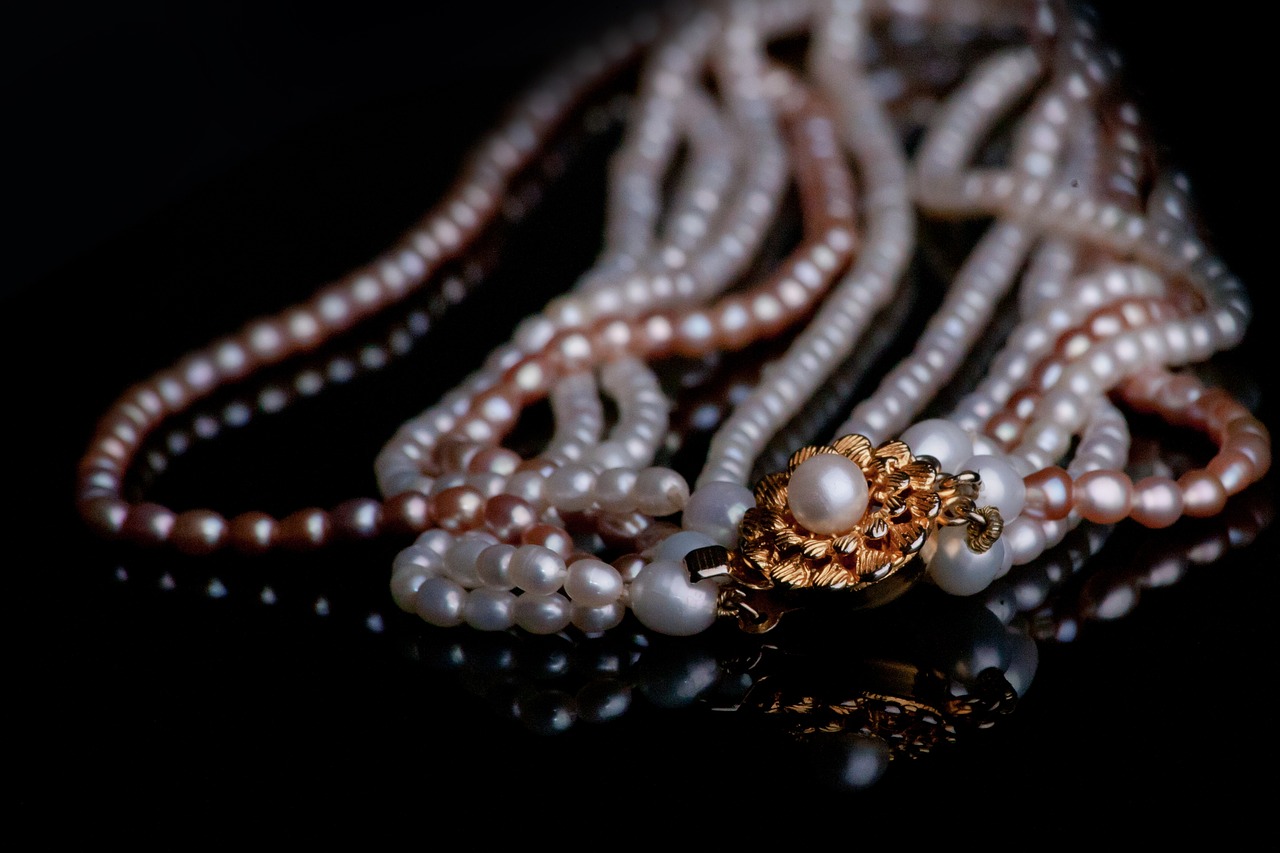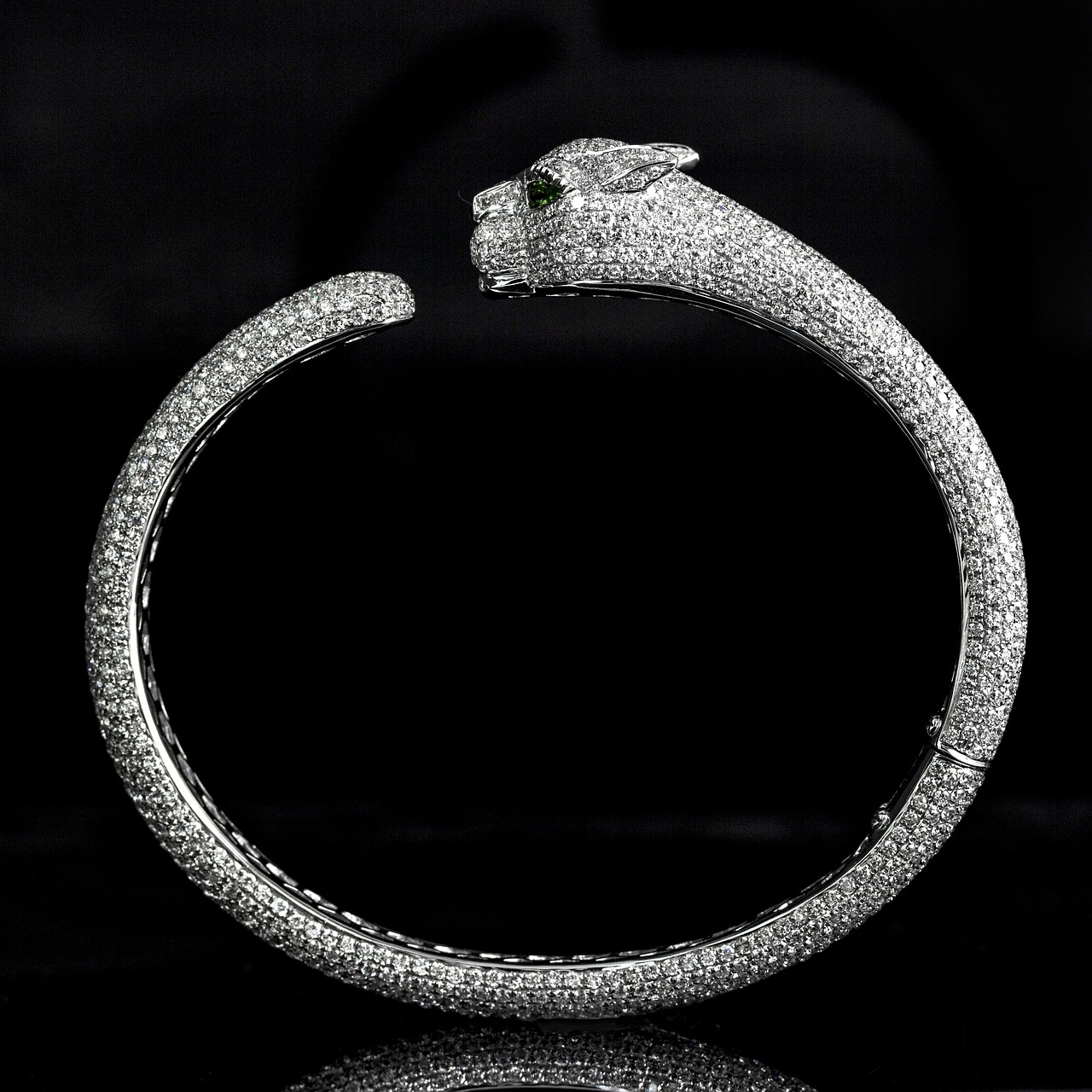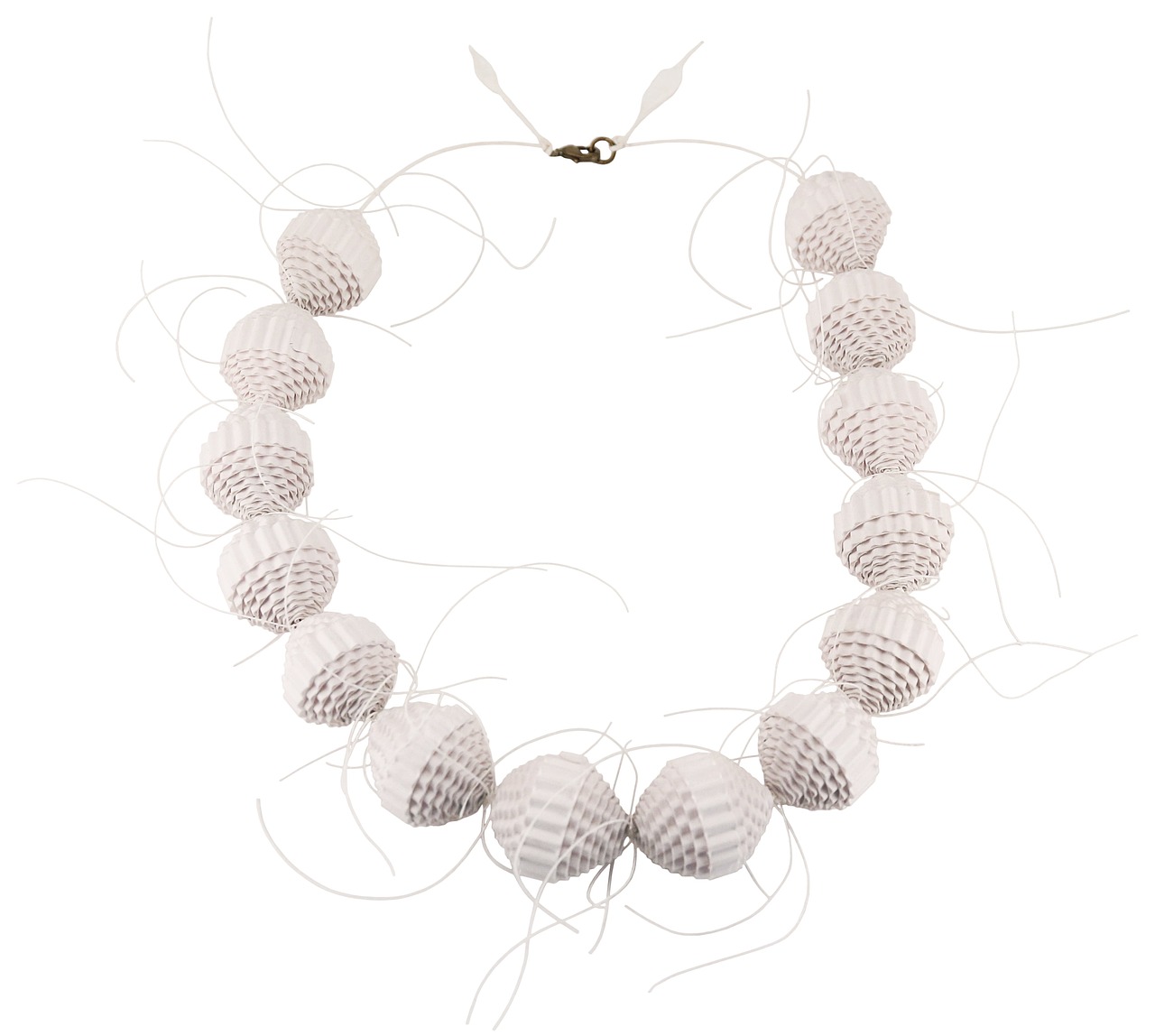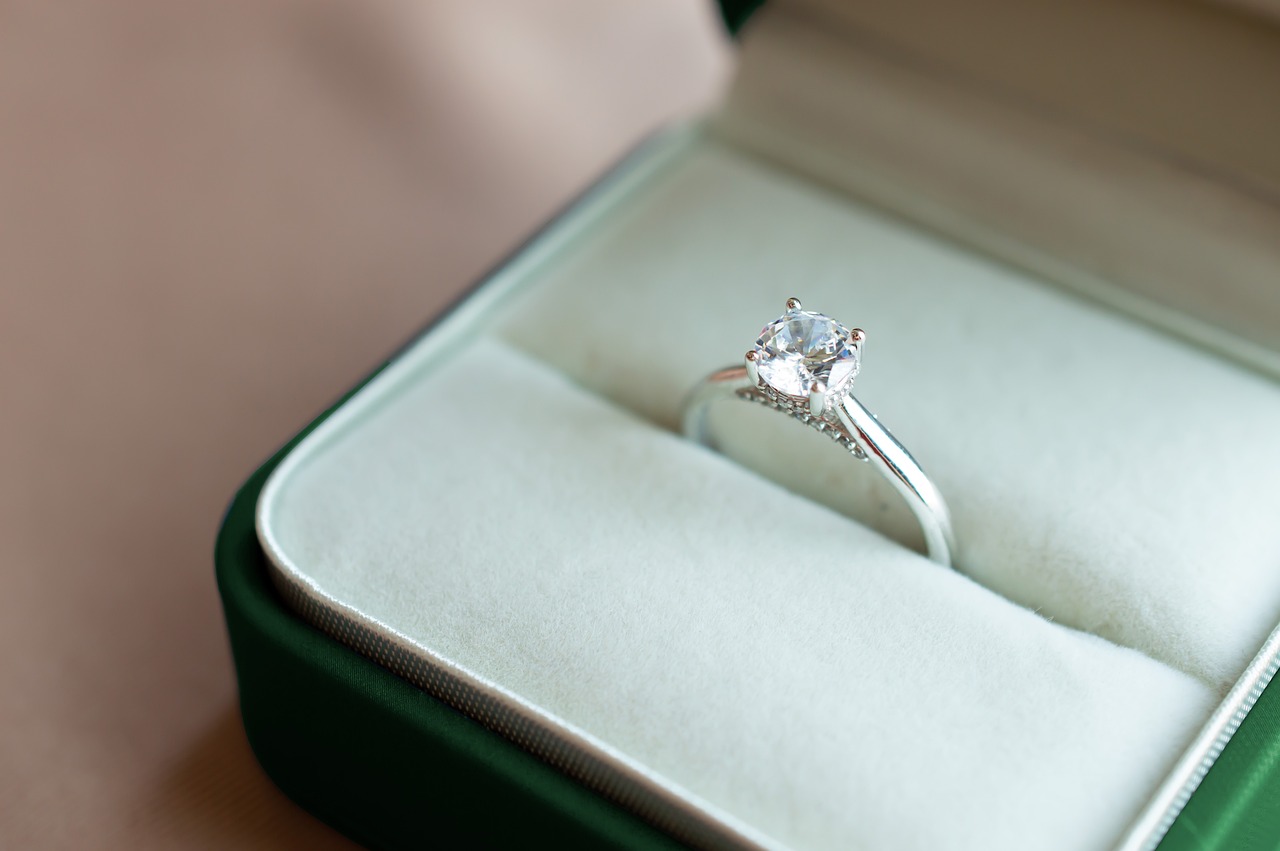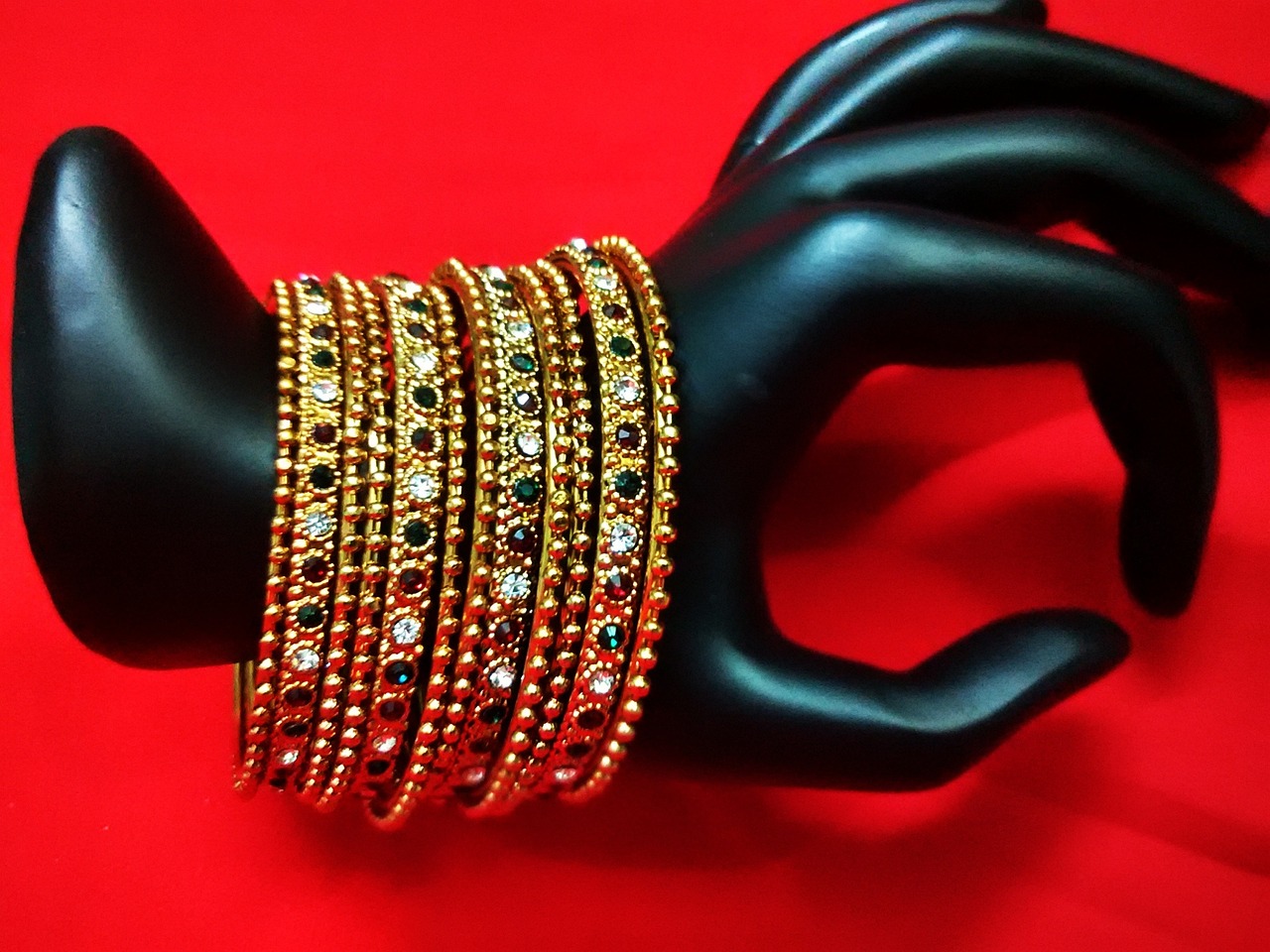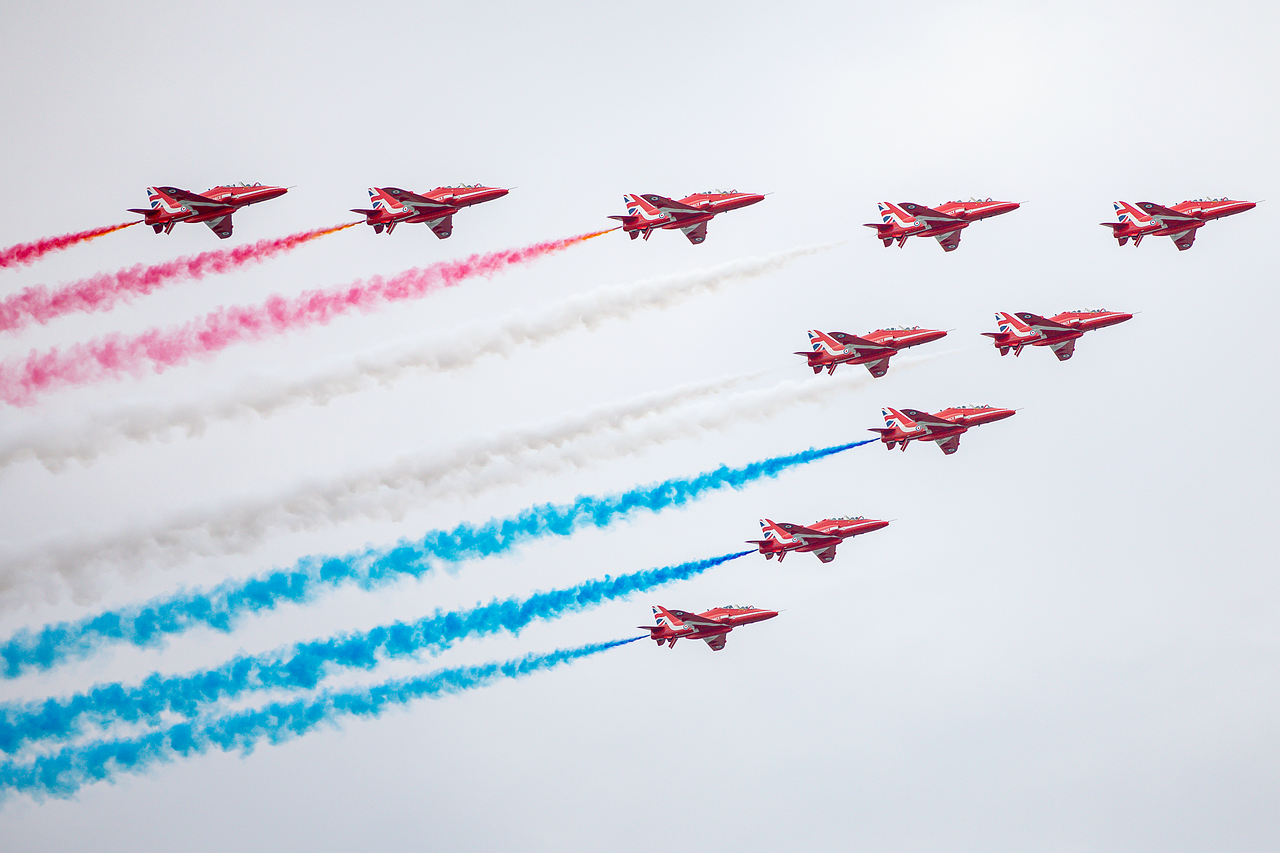The world of high-value jewelry is not just about adornment; it is a realm where art, history, and wealth intertwine. This article delves into the fascinating universe of the most expensive jewelry pieces ever sold at auction, examining their historical significance, exceptional craftsmanship, and the captivating stories behind them.
Understanding the factors that contribute to the value of jewelry is crucial for appreciating these remarkable pieces. Key elements include:
- Rarity: Unique designs or limited editions significantly enhance value.
- Craftsmanship: The skill and artistry involved in creating a piece can elevate its worth.
- Historical Significance: Jewelry with a rich history or notable provenance often commands higher prices.
The allure of high-value jewelry is often amplified by its owners. Many pieces have passed through the hands of celebrities and influential collectors, adding layers of intrigue. For instance, pieces once owned by royalty or famous figures often carry a premium due to their history.
Auction houses play a pivotal role in establishing the market value of luxury jewelry. The auction process typically involves:
- Expert Appraisals: Specialists assess the piece’s value based on various criteria.
- Competitive Bidding: The excitement of bidding can drive prices significantly higher.
- Market Trends: Current demand for specific styles or gemstones can influence final sale prices.
Among the most expensive jewelry pieces ever sold, the following stand out:
1. The Pink Star Diamond - $71.2 million2. The Oppenheimer Blue Diamond - $57.5 million3. The Blue Moon Diamond - $48.4 million4. The Red Emperor Diamond - $8 million5. The Winston Pink Legacy - $50.4 million
Each piece boasts a unique design and a compelling backstory that contributes to its staggering price.
Historical jewelry often holds immense value due to its provenance. Pieces like the Hope Diamond and the Imperial Green Jadeite Necklace have fetched astronomical prices, not just for their beauty but also for their rich histories and the legends surrounding them.
Market demand significantly influences luxury jewelry pricing. Factors such as:
- Trends in fashion and design
- Economic conditions
- Collector interest and investment potential
all play a role in shaping the value of high-end pieces.
Gemstones are central to the value of jewelry. Their rarity, quality, and characteristics directly affect overall worth. For instance, diamonds, rubies, and emeralds are highly sought after, with specific colors and cuts commanding premium prices.
As the luxury market evolves, so do trends in jewelry sales. We may see a rise in demand for sustainable and ethically sourced pieces, as well as a growing interest in vintage and antique jewelry as investments. These trends could reshape the landscape of high-end jewelry in the coming years.

What Makes Jewelry So Valuable?
Jewelry has fascinated humanity for centuries, serving not only as adornment but also as a symbol of wealth, status, and artistry. Understanding the factors that contribute to the value of jewelry is crucial for anyone interested in this captivating world. The value of jewelry is influenced by multiple elements, including rarity, craftsmanship, and historical significance.
One of the primary factors that drive the value of jewelry is its rarity. Pieces that are rare or unique often command higher prices because they are not easily replicated. For example, certain gemstones, such as pink diamonds or red rubies, are found in limited quantities. This scarcity can significantly enhance the piece’s desirability among collectors and investors alike.
The level of craftsmanship involved in creating a piece of jewelry can also impact its value. High-quality jewelry is often handmade by skilled artisans who invest time and effort into ensuring every detail is perfect. Techniques such as hand engraving, filigree work, and intricate stone setting can elevate a piece from ordinary to extraordinary. Pieces that showcase exceptional craftsmanship are often viewed as works of art, further increasing their market value.
Jewelry that has a rich historical significance can command astronomical prices at auctions. For instance, pieces once owned by royalty or celebrities often carry a narrative that adds to their allure. The provenance of a piece—its history of ownership—can make it more desirable. Collectors are often willing to pay a premium for items that have intriguing stories or connections to notable figures in history.
The value of jewelry is also influenced by market trends and consumer demand. Economic factors, such as fluctuations in the stock market or changes in consumer spending habits, can impact how much buyers are willing to pay. For example, during economic booms, luxury items often see a surge in demand, while recessions can lead to decreased interest in high-end pieces. Understanding these trends can provide valuable insights into the jewelry market.
Gemstones are often the centerpiece of jewelry and play a crucial role in determining its value. The type of gemstone, its quality, and its rarity all contribute significantly to the overall worth of a piece. For example, a flawless diamond with a high carat weight will typically be valued much higher than a lower-quality stone. Factors such as color, clarity, and cut are essential considerations when evaluating a gemstone’s value.
As the luxury jewelry market evolves, emerging trends are shaping the future of jewelry sales. Innovation in design, sustainability, and ethical sourcing are becoming increasingly important to consumers. The rise of online auctions and digital marketplaces is also changing how jewelry is bought and sold. Staying informed about these trends can provide valuable insights for collectors and investors looking to navigate the evolving landscape of luxury jewelry.
In conclusion, the value of jewelry is multifaceted, influenced by factors such as rarity, craftsmanship, historical significance, and market trends. Understanding these elements can enhance appreciation for these exquisite pieces, whether for personal enjoyment or investment purposes.

Who Owns the Most Expensive Jewelry?
The world of high-value jewelry is not just about the pieces themselves but also about the illustrious individuals who own them. The ownership of these exquisite items often enhances their allure, making them even more desirable to collectors and enthusiasts alike. In this section, we will explore some of the most notable celebrities and collectors who possess some of the most expensive jewelry pieces in history.
Many celebrities have made headlines not only for their talents but also for their stunning jewelry collections. Here are a few notable names:
- Elizabeth Taylor: Known for her love of jewelry, Taylor owned an extensive collection, including the legendary La Peregrina Pearl, which was a gift from Richard Burton.
- Kim Kardashian: The reality star and entrepreneur is often seen adorned with luxurious pieces, including her stunning diamond engagement ring estimated at $3 million.
- Queen Elizabeth II: The British monarch’s collection is one of the most famous in the world, featuring the Imperial State Crown and the Cambridge Lover’s Knot Tiara.
In addition to celebrities, several prominent collectors have made a name for themselves in the world of high-value jewelry:
- Harry Winston: Often referred to as the “King of Diamonds,” Winston was known for his incredible collection, which included the Hope Diamond.
- Laurence Graff: A renowned jeweler and collector, Graff owns some of the most expensive diamonds in the world, including the Graff Pink, which sold for over $46 million.
- David Bennett: As an auctioneer, Bennett has overseen the sale of numerous high-value jewelry pieces and is known for his extensive personal collection.
The collections owned by these celebrities and collectors are not merely about the monetary value but also the stories and craftsmanship behind each piece. For instance, the La Peregrina Pearl, with its rich history dating back to the Spanish crown, adds a layer of historical significance to Taylor’s collection. Similarly, the diamonds owned by Graff are not just valuable; they are also unique in their size and clarity.
The ownership of high-value jewelry can significantly affect its market value. Pieces that have been owned by celebrities often see an increase in demand due to their provenance. This phenomenon is particularly evident in auction settings, where the history of ownership can drive prices to astonishing heights. For example, the Oppenheimer Blue Diamond, once owned by a prominent diamond dealer, fetched a record price at auction, largely due to its previous ownership and remarkable characteristics.
In conclusion, the allure of high-value jewelry is intricately tied to its ownership. Celebrities and collectors not only enhance the value of these pieces through their fame and status but also contribute to the rich tapestry of stories that make each item unique. As we continue to explore the world of luxury jewelry, it becomes clear that the individuals who possess these treasures play a vital role in their ongoing legacy.

How Do Auctions Determine Jewelry Prices?
Auctions serve as a pivotal mechanism in determining the market value of jewelry, particularly luxury pieces that attract significant attention. The auction process not only sets prices but also reflects the prevailing trends and demand within the jewelry market. Understanding how auctions influence jewelry prices involves exploring several key components of the auction process.
At its core, an auction is a competitive process where potential buyers bid against each other to acquire items. In the context of jewelry, this process is particularly thrilling as bidders vie for rare and exquisite pieces. The auction house plays a crucial role by providing a platform for sellers and buyers, ensuring a transparent and fair bidding environment. Factors such as the auction house’s reputation, the marketing of the jewelry, and the timing of the auction can significantly impact the final sale price.
Before a piece of jewelry is put up for auction, it undergoes a rigorous appraisal process. Expert appraisers evaluate the jewelry based on various criteria, including:
- Rarity: Unique pieces or those with historical significance often command higher prices.
- Craftsmanship: The skill involved in creating the piece can greatly influence its value.
- Provenance: A documented history of ownership can enhance the appeal and price of a piece.
These appraisals serve as a reference point for potential buyers, helping them gauge the expected value and making informed bidding decisions.
The dynamics of supply and demand play a crucial role in auction outcomes. Jewelry that aligns with current market trends or features popular gemstones often sees a spike in interest, leading to competitive bidding. For instance, pieces adorned with rare colored diamonds or those designed by renowned artisans tend to attract premium bids. Additionally, economic conditions can affect buyer confidence, influencing how much individuals are willing to invest in luxury items.
Auctions are not solely about the jewelry; they also involve the psychology of bidding. Bidders often experience a sense of urgency, especially when competing for a coveted piece. This emotional aspect can lead to bidding wars, where participants exceed their initial budget in the heat of the moment. Understanding these psychological triggers can help bidders navigate the auction landscape more effectively.
Prominent auction houses, such as Sotheby’s and Christie’s, set the standard for jewelry auctions. Their expertise and marketing strategies attract high-profile buyers and sellers. The auction houses often curate collections, highlighting pieces that are likely to generate significant interest. Their established reputation can also enhance buyer trust, leading to higher bids and ultimately influencing the final sale prices.
In summary, the auction process is a complex interplay of various factors that collectively determine jewelry prices. From the initial expert appraisals to the psychological dynamics of bidding and the influence of market trends, each element plays a vital role in shaping the final sale price of luxury jewelry. For both sellers and buyers, understanding these components can lead to more informed decisions in the exciting world of jewelry auctions.
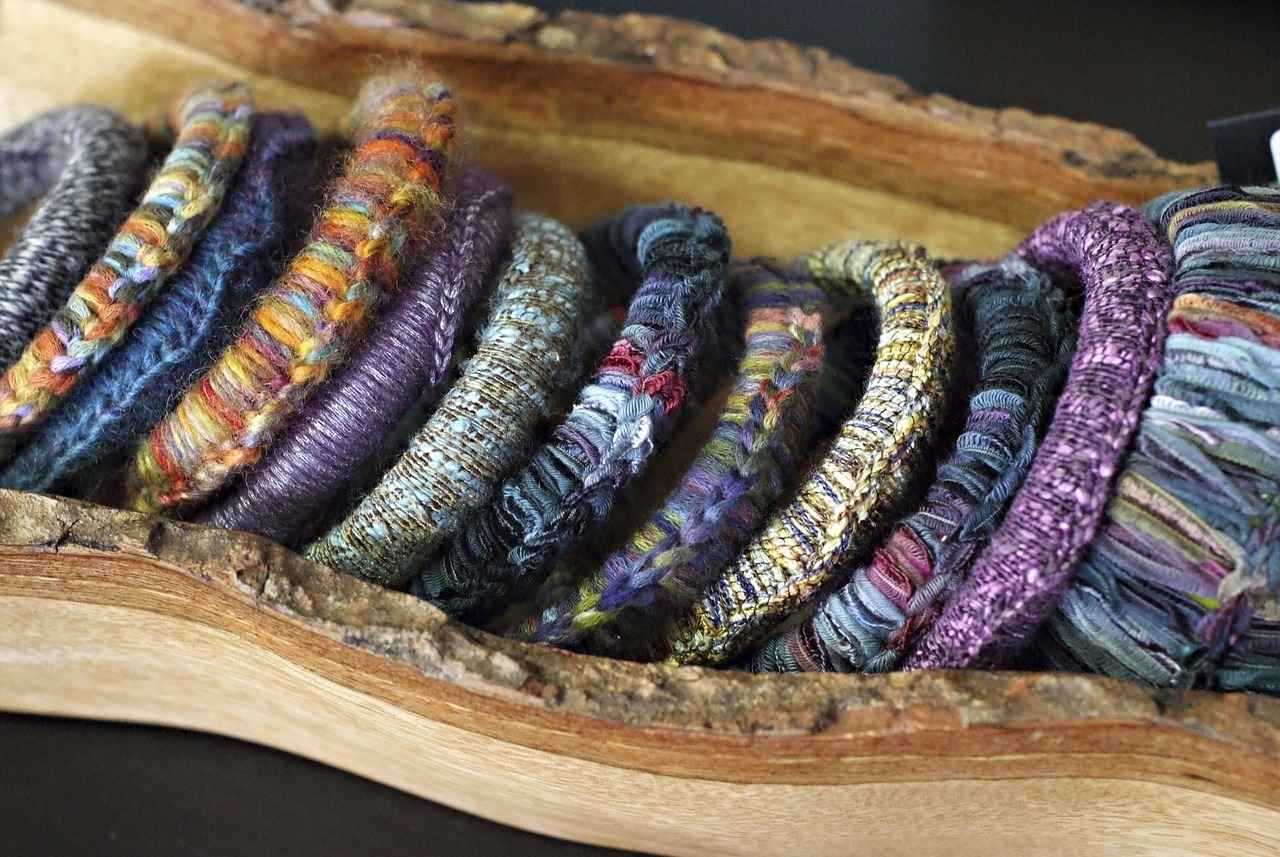
What Are the Top 5 Most Expensive Jewelry Pieces?
Jewelry has always captivated the hearts of many, but some pieces stand out not only for their beauty but also for their staggering price tags. This section explores the top five most expensive jewelry pieces ever sold, delving into their exquisite designs, rich histories, and the reasons behind their astronomical values.
- The Pink Star Diamond: This magnificent 59.60-carat pink diamond holds the record for the highest price ever paid for a diamond at auction, selling for an astounding $71.2 million in 2017. Its unique hue and flawless clarity make it a true masterpiece. The Pink Star was originally mined in South Africa and took over two years to cut and polish, showcasing the exceptional craftsmanship involved.
- The Oppenheimer Blue Diamond: Sold for $57.5 million in 2016, this stunning blue diamond is named after its previous owner, Sir Philip Oppenheimer, a prominent diamond dealer. Weighing 14.62 carats, it is celebrated for its vivid blue color and impeccable clarity. The diamond’s auction marked a significant moment, as it became the most expensive blue diamond ever sold.
- The Blue Moon Diamond: A rare 12.03-carat blue diamond, the Blue Moon was sold for $48.4 million in 2015. Its captivating color and rich history, including its connection to a young boy who purchased it for his mother, add to its allure. The diamond was cut from a larger rough stone and is renowned for its exceptional quality and brilliance.
- The Graff Pink Diamond: This 24.78-carat pink diamond was sold for $46 million in 2010. Its unique color and size make it one of the most desirable diamonds in the world. The Graff Pink is known for its cushion-cut shape and was previously owned by famous jeweler Laurence Graff, who acquired it at a Sotheby’s auction, further enhancing its legendary status.
- The Red Emperor Diamond: This extraordinary 5.05-carat red diamond fetched $8 million at auction, making it one of the most expensive colored diamonds. Its rarity is unparalleled, as red diamonds are the rarest of all diamond colors. The Red Emperor’s vivid hue and unique characteristics contribute to its high value and desirability among collectors.
Each of these remarkable pieces tells a story of luxury, history, and artistry. From the breathtaking colors and clarity of the diamonds to the tales of their previous owners, these jewels are not just accessories; they are symbols of wealth and prestige. The staggering prices achieved at auction reflect not only the intrinsic value of the materials but also the emotional and historical significance attached to each piece.
As the market for high-end jewelry continues to evolve, these extraordinary pieces remain benchmarks of luxury and craftsmanship. Whether they are sought after for investment purposes or simply admired for their beauty, the most expensive jewelry pieces ever sold represent the pinnacle of human artistry and the enduring allure of precious gems.
The Pink Star Diamond
The Pink Star Diamond is not just a gemstone; it is a symbol of luxury and rarity that has captivated collectors and enthusiasts alike. This breathtaking diamond, weighing an impressive 59.60 carats, is renowned for its stunning pink hue and exceptional clarity. Its journey from the depths of the Earth to the auction block is a remarkable tale that exemplifies the allure of high-value jewelry.
The uniqueness of the Pink Star Diamond lies in its extraordinary color and clarity. Graded as a Fancy Vivid Pink by the Gemological Institute of America (GIA), it is one of the largest diamonds of its kind ever graded. The diamond’s color is a result of the presence of trace elements during its formation, which adds to its rarity. Additionally, the diamond boasts a clarity grade of Internally Flawless (IF), meaning it has no internal inclusions visible under 10x magnification, making it a true masterpiece of nature.
The auction journey of the Pink Star Diamond is as fascinating as the gem itself. Initially mined in South Africa by the Steinmetz Group in 1999, it underwent a meticulous cutting process that took over two years to complete. In 2013, it was auctioned at Christie’s in Hong Kong for a staggering $83 million, setting a world record for the highest price ever paid for a diamond at auction. This sale not only highlighted the diamond’s unmatched beauty but also underscored the growing demand for rare gemstones among collectors.
The Pink Star Diamond has had a storied history of ownership. After its record-breaking sale in 2013, it was purchased by a private collector who appreciated its unmatched qualities. However, the diamond’s journey didn’t end there. In 2020, it was reported that the diamond was put back on the market, showcasing how high-value jewelry can change hands and increase in value over time.
Several factors contribute to the Pink Star Diamond’s overwhelming value. Its rarity is paramount, as diamonds of this size and color are extremely uncommon. Additionally, the craftsmanship involved in its cutting and polishing plays a significant role. The skill required to enhance the diamond’s natural beauty while maintaining its integrity is a testament to the artisans behind its creation. Furthermore, the historical significance of the diamond and its auction success adds to its allure, making it a coveted piece for collectors.
As trends in luxury jewelry continue to evolve, the Pink Star Diamond remains a focal point of interest. Its record-breaking auction price sets a precedent for future sales of rare gemstones. As collectors seek to invest in high-value pieces, the Pink Star Diamond is likely to maintain its status as one of the most sought-after diamonds in the world.
In summary, the Pink Star Diamond is a remarkable gem that encapsulates the essence of luxury and rarity. Its exceptional qualities, storied ownership, and record-breaking auction price make it a significant piece of jewelry history. Whether you are a collector or an enthusiast, the story of the Pink Star Diamond is a testament to the enduring appeal of exquisite gemstones.
The Oppenheimer Blue Diamond
The Oppenheimer Blue Diamond is not just a gemstone; it is a symbol of luxury, rarity, and historical significance. This stunning diamond, weighing an impressive 14.62 carats, is one of the largest and most exquisite blue diamonds ever discovered. Its name pays homage to Sir Philip Oppenheimer, a prominent diamond dealer whose family has been a significant player in the diamond industry for decades.
This remarkable diamond is celebrated for its intense blue color, which is a result of the presence of boron within its crystal structure. The Oppenheimer Blue is classified as a fancy vivid blue diamond, a designation that speaks to its exceptional hue and saturation. Its cut, a cushion shape, enhances its brilliance and fire, making it a captivating piece for collectors and enthusiasts alike.
In May 2016, the Oppenheimer Blue Diamond was sold at auction for a staggering $57.5 million, setting a world record for the highest price ever paid for a diamond at auction. Several factors contributed to this remarkable valuation:
- Provenance: The diamond’s illustrious history and its connection to the Oppenheimer family added significant allure.
- Rarity: Blue diamonds are among the rarest gemstones, and the Oppenheimer Blue’s size and quality make it particularly unique.
- Market Demand: The luxury market has seen a growing interest in high-value gemstones, driving prices higher.
The sale of the Oppenheimer Blue Diamond was not just a financial transaction; it represented a milestone in the world of luxury jewelry. It highlighted the increasing value placed on rare gemstones and the emotional connections that collectors have with such pieces. The auction attracted global attention, showcasing the diamond’s beauty and the prestige associated with owning such a unique item.
The diamond was purchased by an anonymous buyer, a common practice in high-stakes auctions where privacy is often preferred. This anonymity adds an air of mystery to the diamond’s future, leaving admirers and collectors alike curious about who possesses this exquisite gem.
When compared to other famous diamonds, such as the Pink Star or the Hope Diamond, the Oppenheimer Blue stands out due to its remarkable color and clarity. Each of these diamonds tells a unique story, but the Oppenheimer Blue’s auction price exemplifies the current market trend favoring exceptional pieces.
As collectors and investors continue to seek out rare gemstones, the future of blue diamonds, particularly those with documented provenance like the Oppenheimer Blue, appears promising. Market trends indicate a growing appreciation for unique and high-quality diamonds, suggesting that prices could continue to rise in the coming years.
In conclusion, the Oppenheimer Blue Diamond is a remarkable example of nature’s beauty and human craftsmanship. Its record-breaking auction price and storied history underscore its significance in the realm of luxury jewelry, making it a timeless treasure that captivates the imagination.
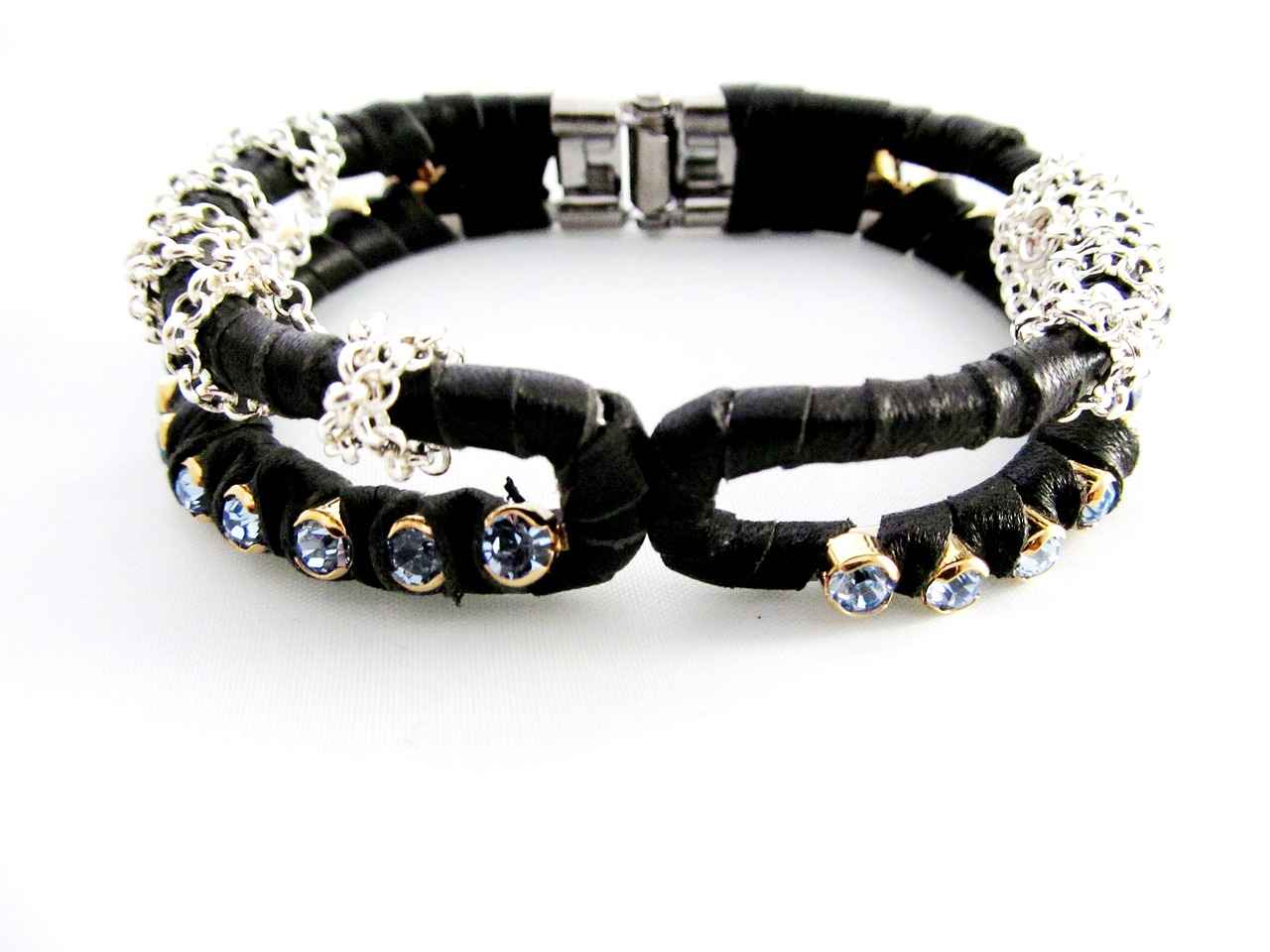
What Are Some Notable Historical Jewelry Sales?
Jewelry has always been a symbol of wealth, status, and artistry, but some pieces transcend mere aesthetics to become historical artifacts. The provenance of these remarkable items often adds layers of significance, making them not only valuable but also fascinating. This article delves into some of the most notable historical jewelry sales, exploring the stories and contexts that elevate them to legendary status.
The provenance of a jewelry piece refers to its history of ownership, which can dramatically affect its value. Items that have been owned by famous figures or have a unique backstory often fetch higher prices at auction. Provenance adds a narrative that resonates with collectors and enthusiasts alike.
- The Imperial Fabergé Egg: Sold for over $18 million, this exquisite piece was crafted for the last Russian Tsar, Nicholas II. Its intricate design and historical significance make it a treasure of unparalleled value.
- The Hope Diamond: With a rich history dating back over 300 years, this deep blue diamond was sold for $250,000 in 1949. Its curse and legendary past contribute to its mystique, making it one of the most famous diamonds in the world.
- The Wittelsbach-Graff Diamond: This blue diamond, originally part of the Bavarian crown jewels, was sold for $24 million in 2010. Its unique color and storied past enhance its allure, making it a coveted piece among collectors.
- The Blue Moon Diamond: Fetching $48.4 million at auction, this rare diamond was notable not only for its size but also for its stunning hue. Its sale marked a significant moment in the world of high-value jewelry.
- The Pink Star Diamond: Sold for a staggering $71.2 million, this diamond is celebrated for its exceptional color and clarity. Its auction journey reflects the evolving market for rare gemstones.
Each of these pieces is remarkable not just for its price tag but for the stories behind them. The Imperial Fabergé Egg, for example, symbolizes the opulence of the Russian Empire, while the Hope Diamond carries with it tales of misfortune and intrigue. Collectors are often drawn to the narratives that accompany these items, making them more than just luxury goods.
Auctions play a pivotal role in determining the market value of jewelry. The competitive environment of an auction can drive prices to unprecedented heights, especially for pieces with significant historical backgrounds. Expert appraisals, coupled with the emotional appeal of a piece’s provenance, can create a perfect storm for high-value sales.
Analyzing historical jewelry sales provides insight into market trends and collector preferences. The stories behind these pieces often reflect broader societal changes and cultural shifts. Understanding these dynamics helps collectors make informed decisions and appreciate the deeper meanings behind their acquisitions.
In conclusion, the world of historical jewelry sales is rich with stories and significance. From the intricate craftsmanship of Fabergé eggs to the deep hues of rare diamonds, each piece carries a legacy that enhances its value. The intertwining of history, artistry, and market dynamics creates a captivating narrative that continues to intrigue collectors and enthusiasts alike.
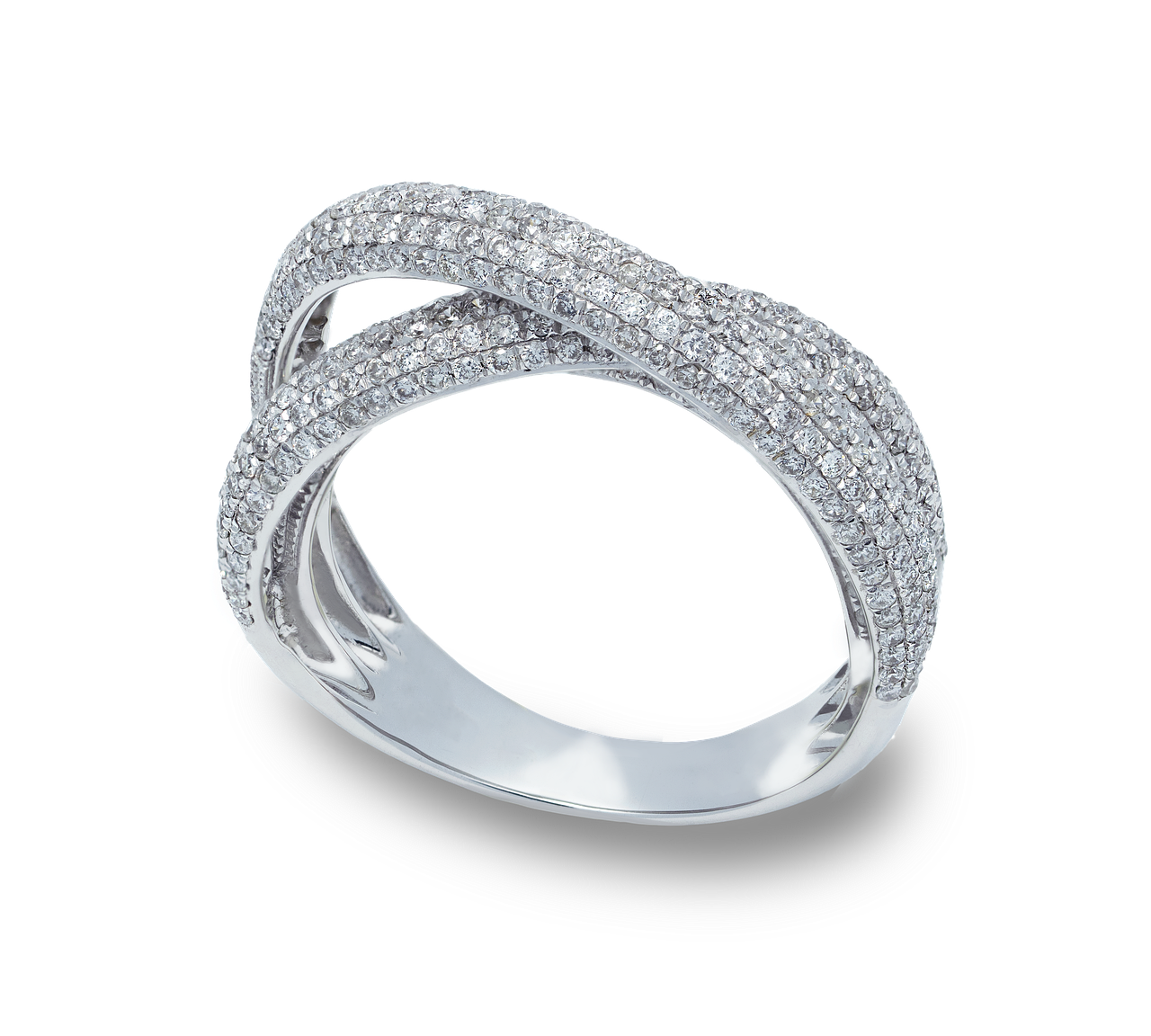
How Does Market Demand Affect Jewelry Prices?
The world of luxury jewelry is a fascinating realm where market demand significantly influences pricing. Understanding this dynamic is crucial for collectors, investors, and enthusiasts alike. Various factors such as trends, economic conditions, and collector interest shape the value of high-end pieces in the market.
Trends play a pivotal role in determining jewelry prices. Fashion cycles, celebrity endorsements, and social media influence can create sudden spikes in demand for specific styles or types of jewelry. For instance, when a high-profile celebrity is seen wearing a particular designer’s piece, it can lead to a surge in interest and sales for that brand, thus elevating the price of similar items. Additionally, seasonal trends, such as holiday-themed jewelry or pieces that resonate with current events, can also impact pricing as consumers are often willing to pay a premium for items that feel timely and relevant.
Another significant factor is the economic climate. During prosperous times, consumers tend to spend more on luxury items, driving up prices. Conversely, in times of economic downturn, the demand for luxury jewelry may decline as consumers prioritize essential spending. This fluctuation is evident in auction results and retail sales, where high-end pieces may fetch lower prices during economic uncertainty. Moreover, inflation can also affect the purchasing power of consumers, leading to adjustments in pricing strategies by retailers and auction houses.
The interest of collectors is another crucial element that influences jewelry pricing. Collectors often seek rare and unique pieces, driving up the value of items that possess historical significance or exceptional craftsmanship. The provenance of a piece—its history of ownership—can also add to its allure and value. For example, pieces once owned by famous figures or those with a storied past can command significantly higher prices due to their unique narratives.
| Factor | Influence on Price |
|---|---|
| Trends | Can create spikes in demand and pricing based on popularity. |
| Economic Conditions | Influences consumer spending power and luxury item demand. |
| Collector Interest | Drives prices for rare and historically significant pieces. |
Furthermore, the rise of online platforms has transformed how jewelry is marketed and sold. With the ability to reach a global audience, sellers can capitalize on increased demand from various markets. Auction houses and online retailers often leverage data analytics to gauge consumer interest and adjust their offerings accordingly, ensuring that they meet market needs effectively.
In summary, the interplay of trends, economic factors, and collector interest shapes the pricing landscape of luxury jewelry. Understanding these dynamics is essential for anyone looking to invest in or appreciate high-end pieces. As the market continues to evolve, staying informed about these influences will empower buyers and collectors to make educated decisions in their jewelry pursuits.
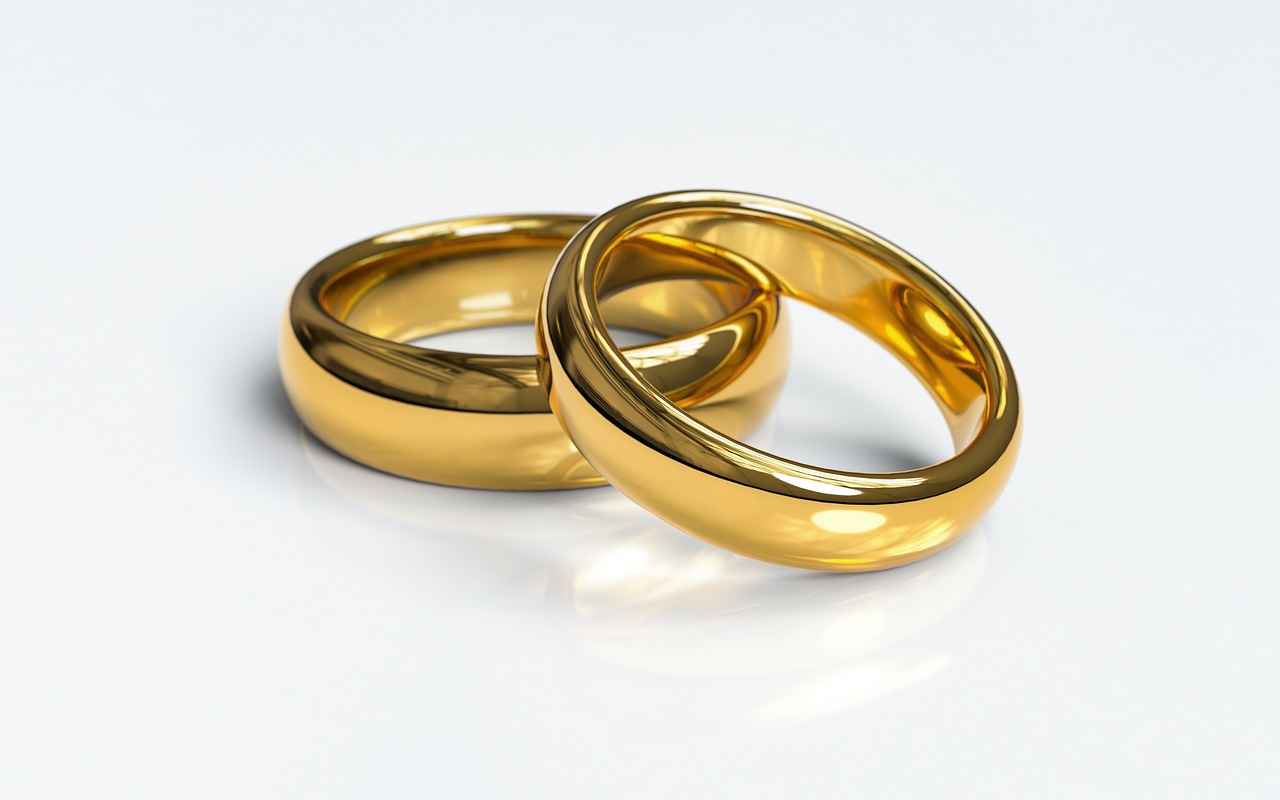
What Role Do Gemstones Play in Jewelry Value?
Gemstones play a crucial role in determining the value of jewelry. Their beauty, rarity, and craftsmanship significantly influence the overall worth of a piece. In this article, we will explore the various types of gemstones, their unique characteristics, and how they contribute to the jewelry market.
There are several categories of gemstones, each with its own distinct qualities. Some of the most popular types include:
- Diamonds: Known for their exceptional hardness and brilliance, diamonds are often considered the king of gemstones.
- Rubies: Renowned for their deep red color, rubies symbolize love and passion.
- Sapphires: Available in various colors, sapphires are prized for their durability and beauty.
- Emeralds: Famous for their vibrant green hue, emeralds are often associated with luxury and wealth.
- Opals: Unique for their play-of-color, opals are highly sought after for their distinctive appearance.
The rarity of a gemstone significantly impacts its value. For instance, while diamonds are abundant, colored diamonds like pink and blue are much rarer and can command astronomical prices. Other factors affecting rarity include:
- Geographic origin: Certain gemstones from specific locations may be more valuable due to their limited availability.
- Size: Larger gemstones are generally rarer and more valuable.
- Quality: Clarity, color, and cut play a significant role in determining a gemstone’s quality and, consequently, its value.
Gemstones not only add aesthetic appeal to jewelry but also contribute to its emotional and historical significance. For example:
- Jewelry pieces featuring gemstones with rich histories often have increased value due to their provenance.
- Celebrity endorsements or associations with famous individuals can elevate the worth of gemstone jewelry.
- Gemstones can symbolize personal milestones, making them invaluable to the wearer.
The luxury jewelry market is heavily influenced by trends and consumer preferences. As tastes evolve, so does the demand for certain gemstones. Factors such as:
- Fashion trends that favor certain colors or styles can drive up the popularity of specific gemstones.
- The rise of ethical sourcing has increased interest in conflict-free gemstones, affecting their market value.
- Investment potential plays a role, with collectors seeking rare gemstones as a means of diversifying their portfolios.
In summary, gemstones are not just decorative elements; they are vital components that significantly influence the value of jewelry. Their rarity, quality, and the stories they carry can elevate a piece from mere adornment to a treasured investment. Understanding the role of gemstones in jewelry valuation helps consumers and collectors alike make informed decisions in the luxury market.
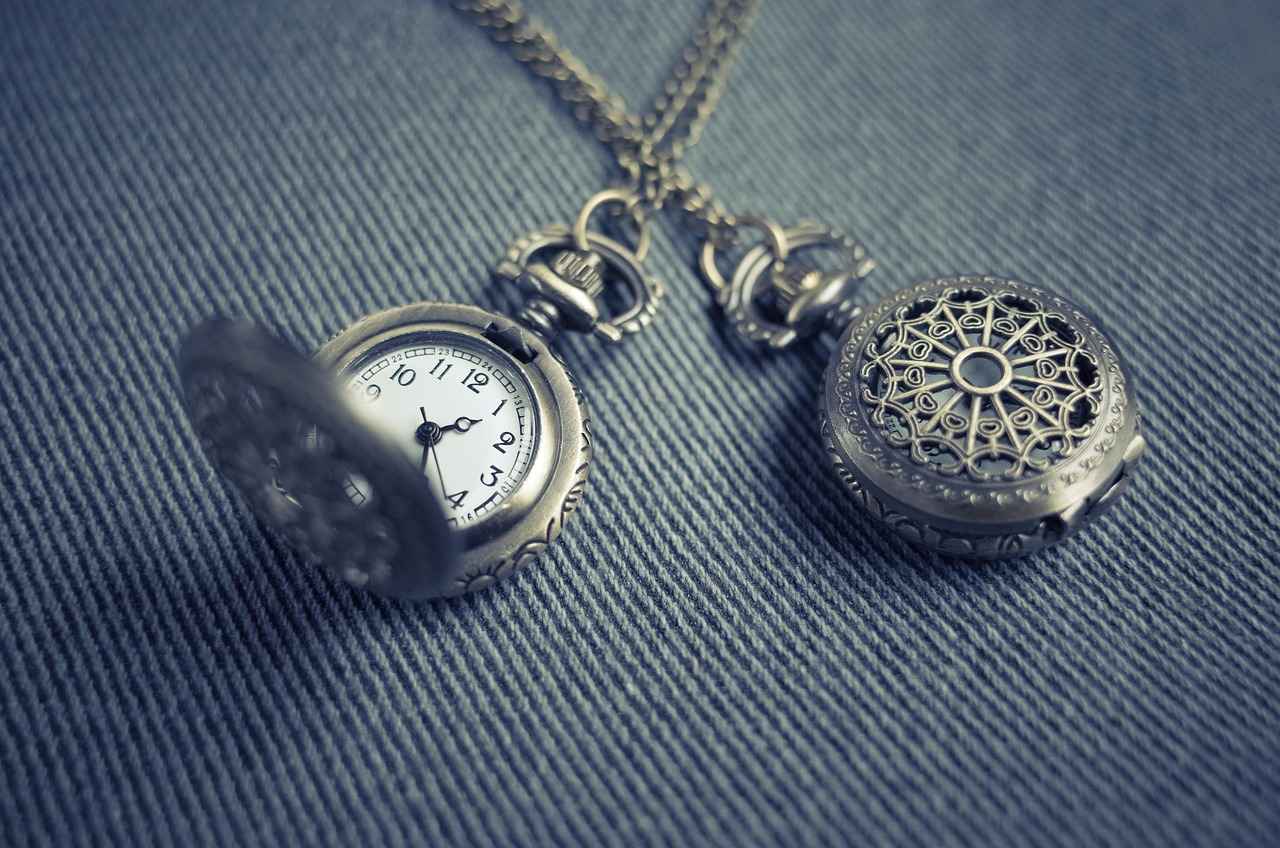
What Are the Future Trends in Luxury Jewelry Sales?
The luxury jewelry market is undergoing a significant transformation, influenced by a variety of factors including changing consumer preferences, advancements in technology, and a growing emphasis on sustainability. As we look ahead, it is essential to understand the future trends that are likely to shape jewelry sales and investment opportunities in the coming years.
One of the most prominent trends in luxury jewelry is the increasing focus on sustainability. Consumers are becoming more aware of the environmental and ethical implications of jewelry production. As a result, brands are shifting towards responsibly sourced materials and eco-friendly practices. Expect to see more jewelry lines that highlight recycled metals and ethically mined gemstones, appealing to the conscious consumer.
Technology is revolutionizing the way jewelry is designed, marketed, and sold. Augmented reality (AR) and virtual reality (VR) are becoming popular tools for retailers, allowing customers to virtually try on pieces before purchasing. Additionally, blockchain technology is gaining traction for ensuring the provenance of gemstones, thereby enhancing trust in luxury purchases.
Customization is becoming a key driver in the luxury jewelry market. Consumers are seeking unique pieces that reflect their personal style and story. Brands that offer personalized designs and bespoke services are likely to see increased demand. This trend not only enhances customer satisfaction but also elevates the perceived value of the jewelry.
The pandemic accelerated the shift towards online shopping, and this trend is here to stay. Luxury brands are investing heavily in their online platforms to provide an immersive shopping experience. Features such as live streaming events, interactive catalogs, and enhanced customer service are becoming standard. As a result, consumers can browse and purchase high-end jewelry from the comfort of their homes.
As the global economy shifts, new markets are emerging for luxury jewelry. Countries in Asia, particularly China and India, are experiencing a surge in demand for high-end pieces. The increasing number of affluent consumers in these regions presents significant opportunities for brands looking to expand their reach.
Jewelry is increasingly being viewed as an investment asset. High-value pieces, especially those with historical significance or unique characteristics, are attracting investors. The trend of jewelry auctions is also evolving, with online platforms making it easier for collectors to access rare pieces. Understanding market dynamics and investing in sought-after items can yield significant returns.
In conclusion, the future of luxury jewelry sales is poised for exciting changes. With a focus on sustainability, technological advancements, customization, and emerging markets, the landscape is evolving to meet the needs and desires of modern consumers. As these trends unfold, they will undoubtedly shape the way we perceive and invest in high-end jewelry.
Frequently Asked Questions
- What factors contribute to the value of jewelry?
The value of jewelry is influenced by several key factors, including rarity, craftsmanship, and historical significance. Think of it like a fine wine; the older and more unique it is, the more valuable it becomes. The artistry involved in creating a piece also plays a huge role in its allure.
- Who are some famous owners of expensive jewelry?
Many celebrities and collectors have owned some of the world’s most expensive jewelry. From movie stars to royal families, these pieces often tell a story of glamour and prestige. Imagine owning a piece that once adorned a queen or a Hollywood icon!
- How do auctions impact jewelry prices?
Auctions are pivotal in determining jewelry prices, with expert appraisals guiding the bidding process. It’s like a high-stakes game where bidders compete, driving up the price based on demand and perceived value. The excitement in the auction room can lead to jaw-dropping sale amounts!
- What are the top five most expensive jewelry pieces ever sold?
The top five most expensive jewelry pieces include breathtaking items like the Pink Star Diamond and the Oppenheimer Blue Diamond. These gems are not just visually stunning; they come with rich histories that enhance their value, making them coveted treasures for collectors.
- How does market demand affect jewelry prices?
Market demand significantly influences jewelry pricing. Trends, economic conditions, and collector interest can cause prices to fluctuate. Just like fashion, what’s in vogue today might not be tomorrow, so keeping an eye on market trends is crucial for both buyers and sellers.
